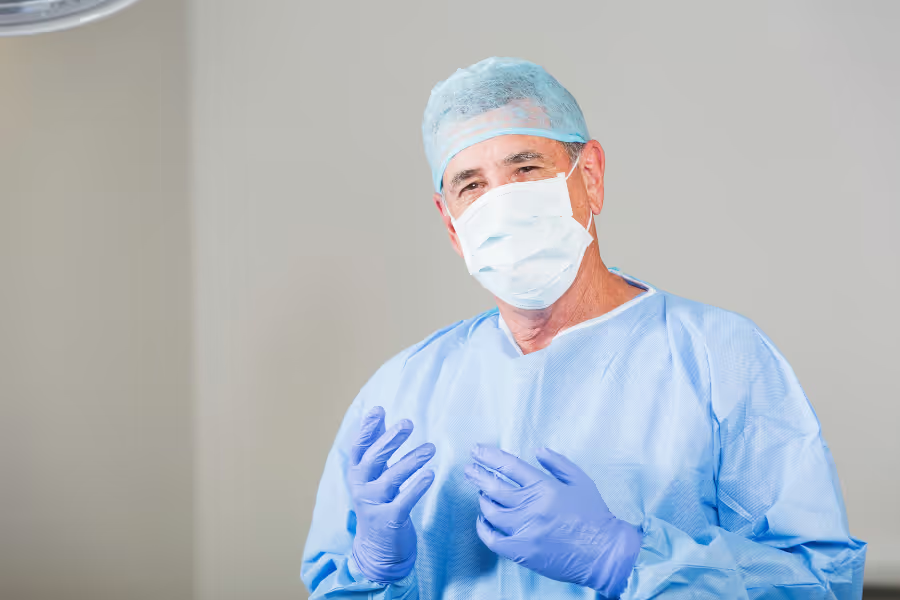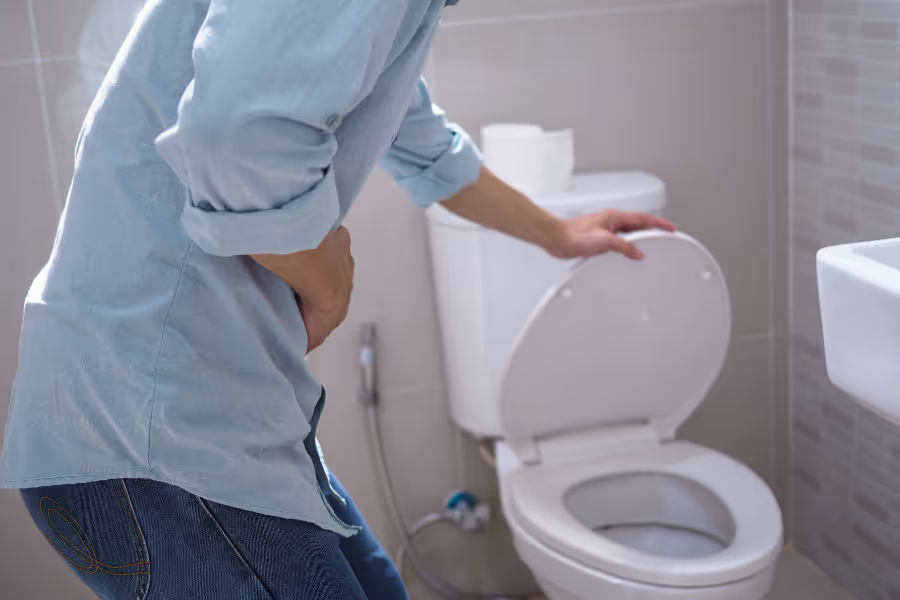TURBT removes bladder tumours via urethra using a resectoscope, to diagnose and treat cancer. Find right urologist that fits your needs below, serving Canadians in major cities like Vancouver, British Columbia; Edmonton, Alberta; Toronto, Ontario; and Montréal, Québec.
Informational purposes only, not medical or legal advice. Please consult your doctor or surgeon.

Transurethral Resection of Bladder Tumour (TURBT) is a procedure doctors use to find and remove growths on the inside lining of the bladder.
“Transurethral” means they go through the urethra—the tube you pee through—so there are no cuts on the outside. The doctor guides a thin instrument called a resectoscope into the bladder. It has a tiny camera that shows a clear, magnified view on a screen and a loop of wire at the tip that can shave off the tumour layer by layer using gentle electrical energy. The pieces are washed out and sent to a lab so pathologists can examine them under a microscope and tell exactly what the tumour is and how deep it goes.
Sometimes the doctor also smooths the base of the area or uses energy to cauterize (seal) tiny blood vessels. TURBT is both diagnostic and therapeutic: it helps confirm the type and stage of the tumour and, in many cases, removes the visible growth at the same time—all through natural passages without external incisions.

Most TURBTs take about 30–60 minutes of operating time. Expect extra time at the surgical centre for check‑in, anaesthesia, and recovery. Many people go home the same day.
Check‑in and plan
Anaesthesia
Position and prep
Scope in
Find and view the tumour
Resect (remove) the tumour
Control bleeding and tidy up
Catheter and wrap‑up

Everyone heals differently—follow your urologist’s plan. TURBT recovery is usually short, but the bladder can be cranky for a bit.
If intravesical medicine was given in recovery (e.g., mitomycin)
In Canada private clinics usually charge $4,000 – $9,500.
In the United States, the cost ranges between $4,200 - $13,500.
Exact prices vary by province/clinic, tumour size/location, anaesthesia (spinal vs general), whether blue‑light is used, and if a catheter or same‑day intravesical medicine is included. Always request a written, itemized quote.
Choosing your surgeon and clinic is a big benefit of going private—use it to your advantage.
TURBT (Transurethral Resection of Bladder Tumour) is a procedure where a urologist uses a tiny camera and wire loop through the urethra (no outside cuts) to look inside the bladder and remove tumours or suspicious growths.
No, you do not need a referral for a private bladder surgery in Canada. You can book a consultation directly with a urologist, and they will review your options and diagnostics.
Your urologist’s instructions come first—follow their plan if it differs.
Your individual risk depends on your health, anatomy, tumour size/location, what’s done during TURBT (biopsy only, full resection, blue‑light, intravesical medicine), the type of anaesthesia, and how closely you follow instructions. Discuss your personal risks with your urologist.
TURBT is the standard way to diagnose and remove bladder tumours through natural passages. Most side effects are mild and short‑lived; serious problems are uncommon, especially with experienced teams and good after‑care. Your urologist can explain which risks matter most for you.
Your situation depends on your symptoms (blood in urine, clots, bladder irritation), what cystoscopy/imaging shows, tumour size/location, and your overall health. Talk specifics with your urologist.
Progressive symptoms and life disruption
Disease progression
Harder treatment later
Complications from blockage or clots
Uncertainty and stress
If a bladder growth is suspected or seen, timely TURBT gives a diagnosis and removes the visible tumour through natural passages. Waiting with ongoing red flags can let problems grow and make treatment tougher. If symptoms are mild and tests are clear, close monitoring with your urologist may be okay.
If you still have questions, then feel free to contact us directly.

Browse vetted urologists across Canada. Compare prices, qualifications, locations.
BROWSE SURGEONS